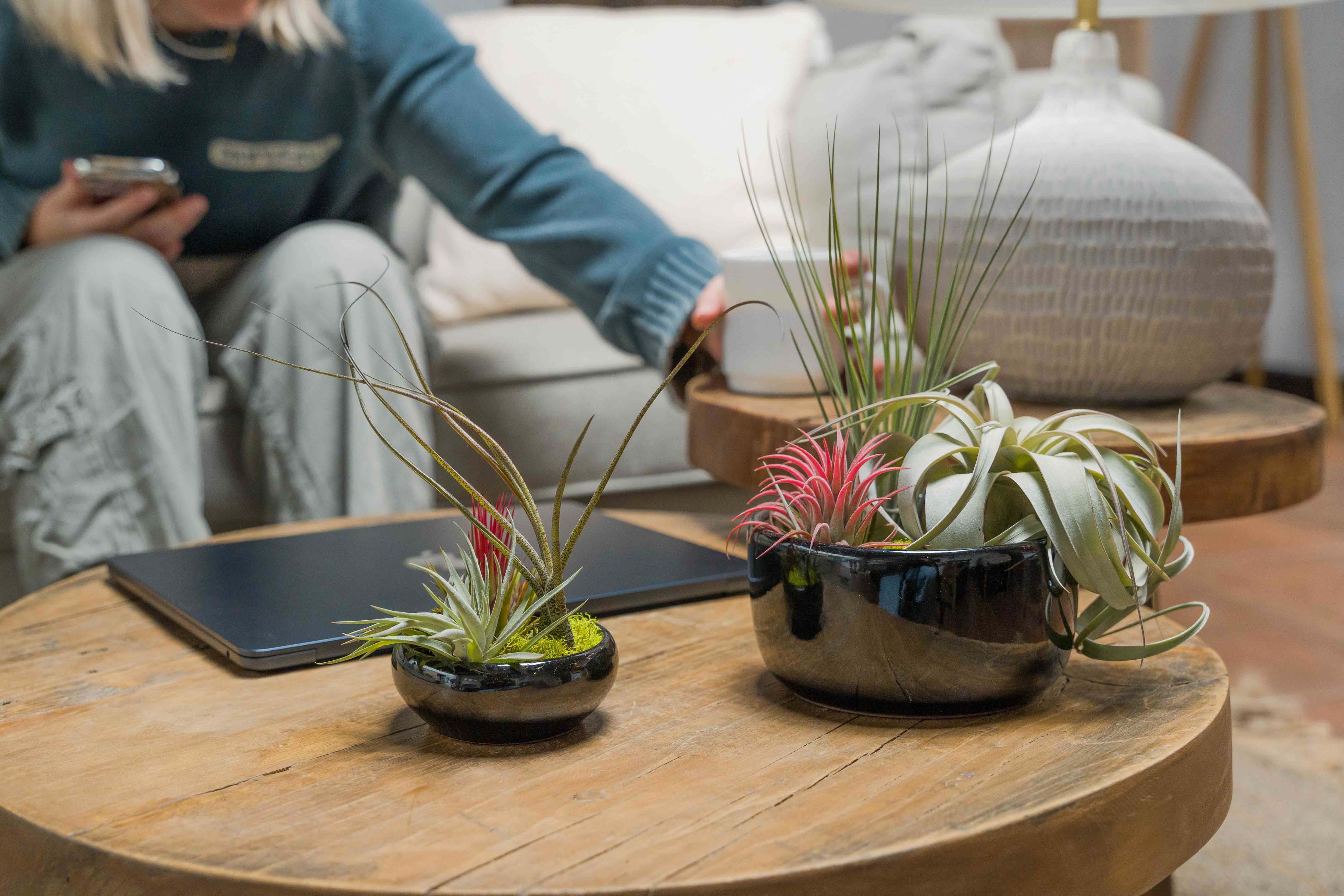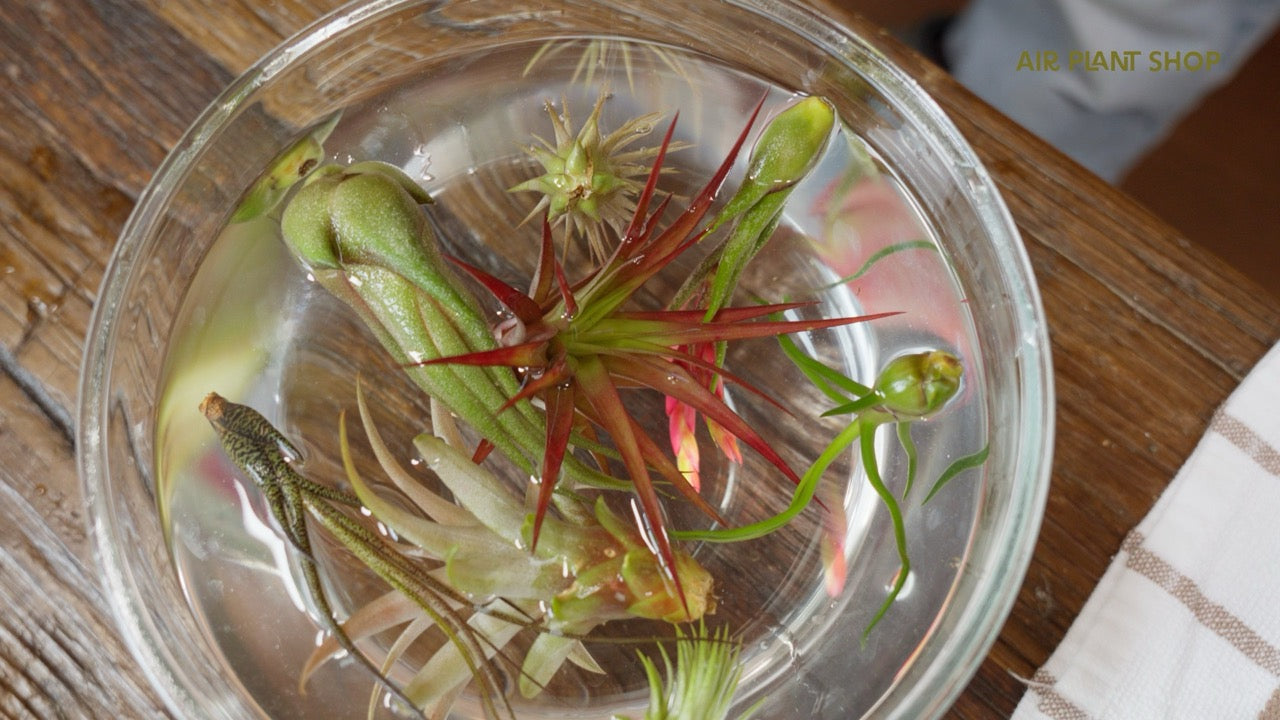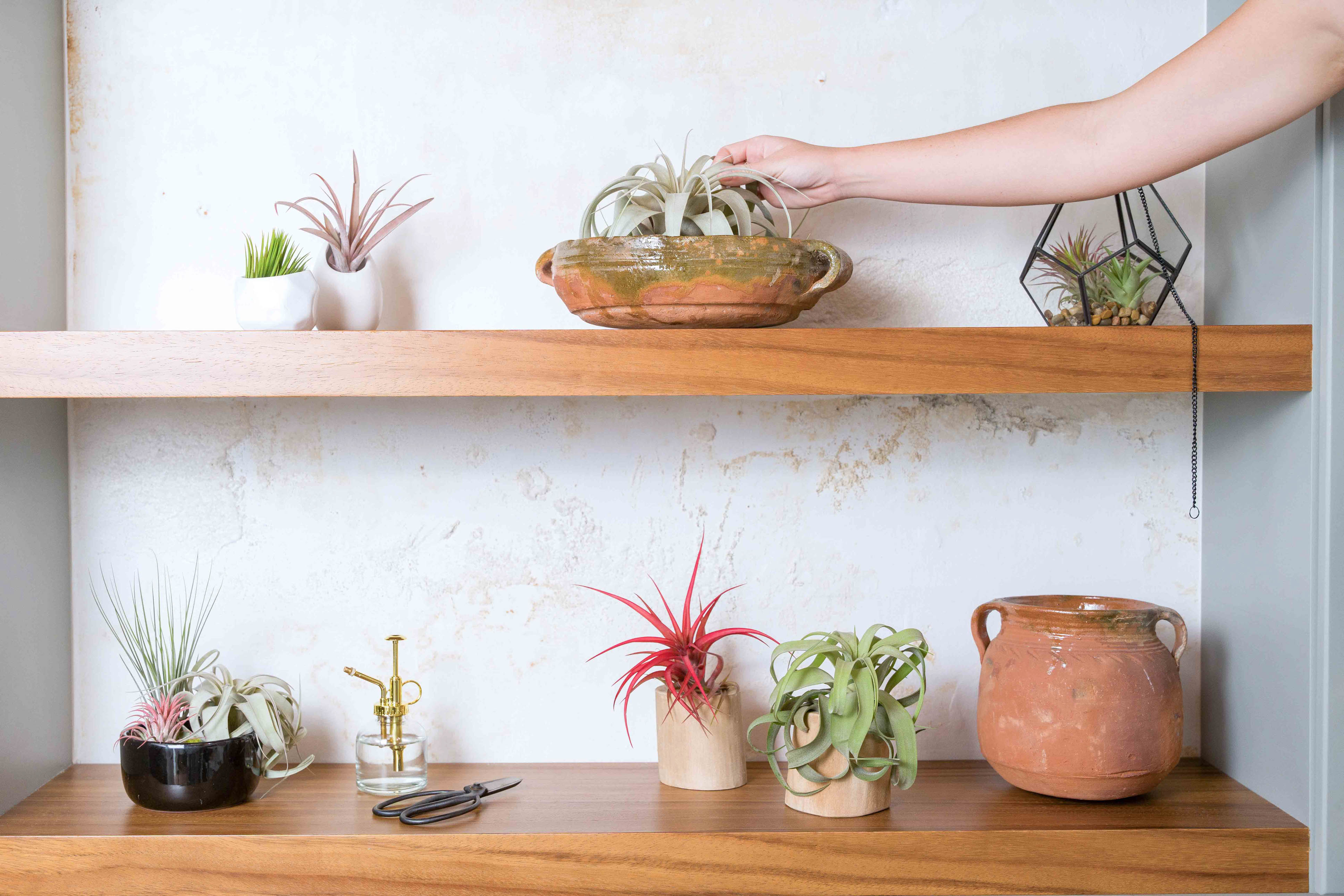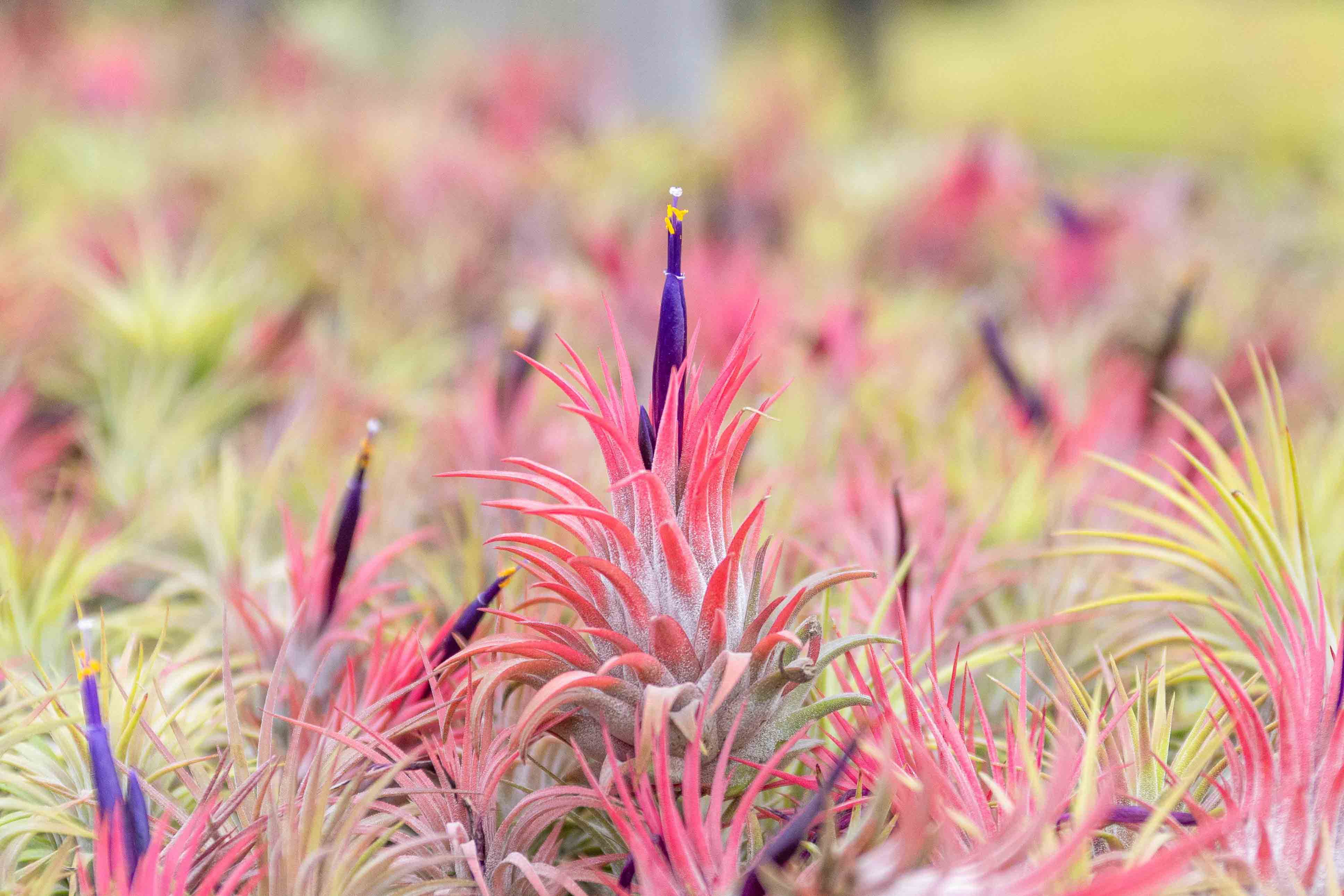Looking to purchase live Spanish Moss strands? [Not that dried stuff from the hobby store.] We offer them as individual strands or in packs of 6 or more on our Wholesale Page.
Spanish Moss is probably the most common Air Plant in the United States. In fact, I’m sure you’ve probably stumbled upon it… Think of that quintessential southern city. Is it Savannah, Charleston, New Orleans, or perhaps even the home of Air Plant Supply Co., St. Augustine, Florida. One of the many ecological ties between these cities are the mounds of Spanish Moss among the live oaks and cypress in these communities' parks, squares, and cemeteries.
Spanish moss is a specific species of air plant. The botanical name is Tillandsia Usneoides. All the air plants that we sell on our site are in the genus Tillandsia. A broader definitions which encompasses air plants are epiphytes, plants that derive sustenance from the surrounding air. Epipytes are not parasitic or directly harmful to their host. The rely on trees or other structures for support only.
However, they can inadvertently cause problems to the tree host. This is occasionally seen on trees with thick growths of Spanish Moss. If too much moss grows on a tree, then this can restrict the amount of sunlight that the leaves of the host tree receive. Spanish moss can also add considerable weight when wet and increase the trees surface area. The increased surface area can prove detrimental during high windstorms of hurricanes. Spanish Moss seems to prefer Southern Live Oaks and the Bald Cypress over most other trees. This is due primarily to the mineral leaching that occurs in these species. This leaching process provides nutrients that the moss finds beneficial for growth.
Spanish Moss is relatively easy to grow. The most common ways are by division, however there is natural propagation that also occurs from seed. In the springtime, after sending out tiny, inconspicuous blooms, thousands of wispy seeds can depart a single clump, blown about to find other host tree branches. However, you will likely receive your Spanish Moss as a strand or division. These will happily grow as long as they are kept in a warm area, have good air circulation and water is provided. The surrounding temperature should be sixty degrees or higher. Partial sun is preferable. Direct hot sun will dry the moss, especially in indoor environments. Watering Spanish Moss is done like other species of air plants, through water baths or misting.

In northern climates Spanish Moss can be moved outdoors during the warm season. However, if placed too early in the Spring, birds may steal it away as an exotic, cozy nesting material.
The uses for Spanish Moss are varied. It can be used as mulch, a packing material, insulation or for arts and crafts. If commercially grown, it can be used as a stuffing for mattresses or furniture. During the first half of the twentieth century, moss was even used as packing for automobile upholstery. Moss picked directly from trees should not be used for stuffing or bedding as they may contain pests such as chiggers or red bugs. These insects may be removed by microwaving or boiling the moss for several minutes, however this will kill the plant.










I live at 10,000 feet in CO. I soak my moss 2 times a weak for approximately 30 minutes each time! Help!!! I love it!
Would overwatering perhaps cause it to brown?
Appreciate any info!!!
Spanish moss is such a beautiful plant. I was very happy when I read that it won’t harm the host and that can grow indoors.
I now have 2 strands. One indoors, one outdoors. I feel nervous for the out one because I just placed it and my back patio has frogs, lizards and a band of annoying ducks that love to roam… I put it with two clips, so I hope they work as deterrent
Nice article! I’m able to grow Spanish moss here in Albuquerque at about 4900 feet altitude, with low humidity (unless it is raining, which is rare at this time) and hot (high +95F) summer days. My clumps are hanging in a north-facing porch that gets bright light but rarely any direct sun. I soak it in a bucket of water ever 3-4 days and mist it other days. It grows so well I wish birds would discover it and take some for nests! In the winter (starting mid September when nighttime temps are below 55 or so) I bring all outdoor tillandsias in and put them under grow lights or in a south-facing window for the next 6 months or so. They’re doing okay or I would buy more from you :)
I did not know that Spanish moss was an air plant. Thanks for the info!
Leave a comment